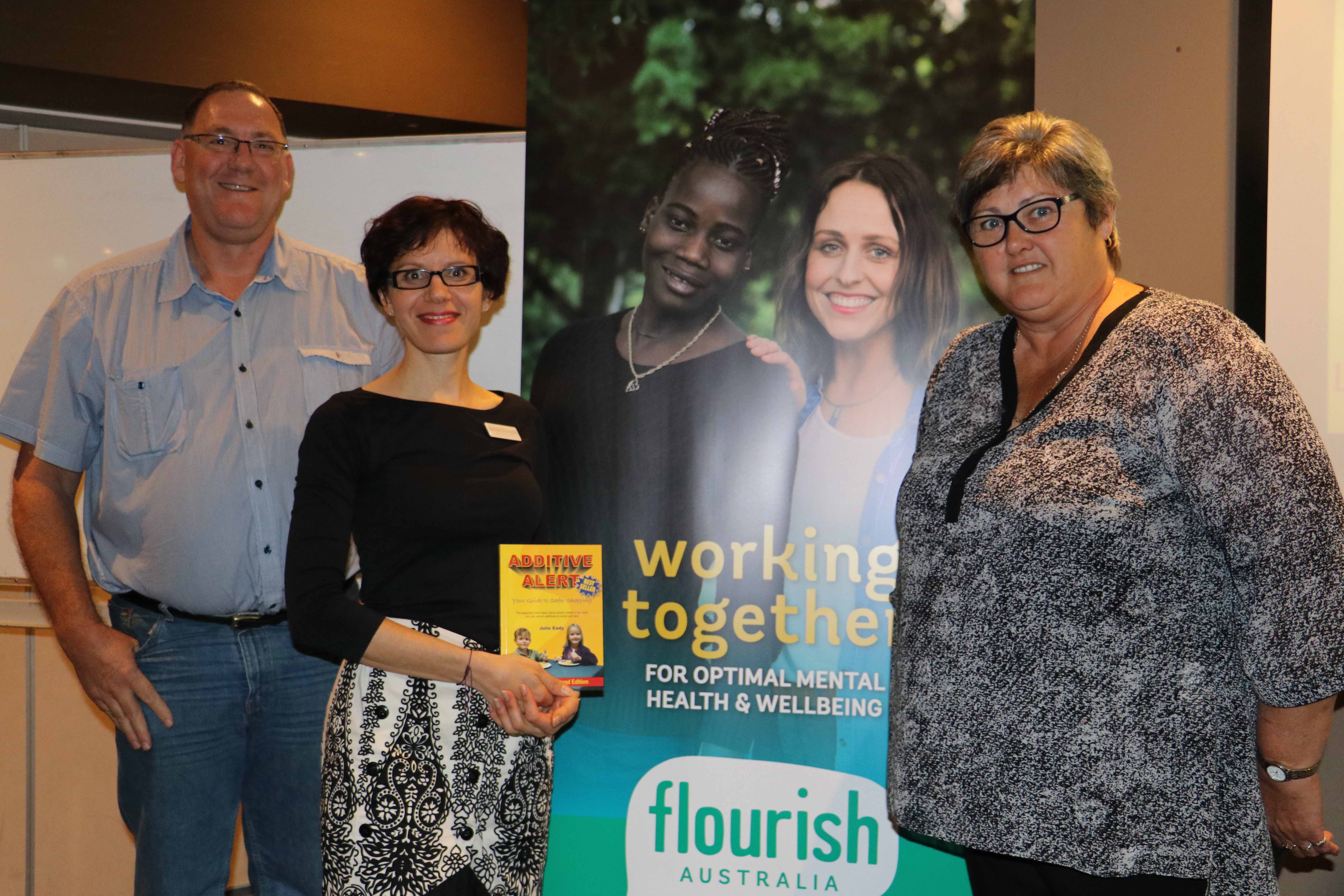
The Cobar Bowling & Golf Club will this weekend celebrate 50 years since they moved into their current clubhouse.
Golf was first played in Cobar on a four-hole course in about 1914 with the course positioned on a site north of the existing clubhouse.
The Cobar Golf Club was formed in 1928 after a suggestion from Paddy Condon and a nine-hole course was established by keen golfing volunteers.
The club then purchased a cottage on Murray Street from the Cobar Municipal Council for £12.10.0, which was the amount of unpaid rates owing on the land.
The first committee of the club was formed in 1930 of which A.B. (Barry) Artis was the president.
At this time golf was also played at Mulya and Booroomugga where events like the Mulya Cup and the Booroomugga Cup were keenly contested.
In 1947 the club had been running very successfully for many years and it was decided to build a bowling green which, with the exception of the tasks needing expert attention, was built by the members of the club.
The Cobar Bowling & Golf Club was then formed with Don Campbell being named the first president. A liquor licence was also added to the club in 1948.
In 1951 the land for the current golf course was purchased and an 18-hole golf course was built.
Water was always a problem for the golf-course and had to be carted to the course during the dry season at great cost to the club.
Eventually it was decided to establish a permanent water supply by erecting pumping facilities at the Great Cobar Dam, with the permission of the New Occidental Gold Mines, and a pipeline was built to the clubhouse.
In 1952 membership had grown and the club was proving very popular with younger people.
To help entertain them two tennis courts were added which were illuminated for night games. The courts were situated directly in front of the clubhouse (on the block where the Cobar Central Motor Inn now stands).
They proved so popular with the community that a third court was later added.
As well as the tennis courts a manager’s residence was erected and a children’s playground completed.
Membership numbers grew from 30 people in 1928 to about 450 in 1952 and it became apparent that a new clubhouse would have to be built to cope with the ever increasing membership.
However this did not happen until 1967 where the existing clubhouse was officially opened.
Before this, in 1963 a cricket oval was completed when the club decided to enter a team in the Town Cricket Association’s competition.
The cricket pitch is still visible on the golf course.
The club’s membership had grown to 800 as of 1969 and boasted an 18-hole golf course, two bowling greens, three first class tennis courts and a cricket oval.
In November of 1991 an explosion occurred at the club which caused horrific burns to two women working in the kitchen.
It is recorded that a gas pipe attached to the main range was disconnected in the course of renovations and when a barbecue linked to the main gas line was turned on it began to leak into the kitchen.
The gas was then ignited when the two workers collected food from an electric oven.
The then secretary/manager of the club, Neil Urquhart, said that fortunately the gas had only been turned on for a few minutes otherwise the explosion and resulting damage would have been far more serious as the bar was full of people at the time.
The building was severely damaged by the blast which blew out the kitchen windows and damaged the ceiling in the kitchen, auditorium and toilets.
New extensions to the club valued at around $3million commenced in October 2007 and while they were completed mid-2008.
It wasn’t until Australia Day 2009 that the extensions were “officially” opened and the club’s longest serving board member and past president, Max Humphries was given the honour of cutting the ribbon.
The bar in one of the new function rooms was also named in Max’s honour.


